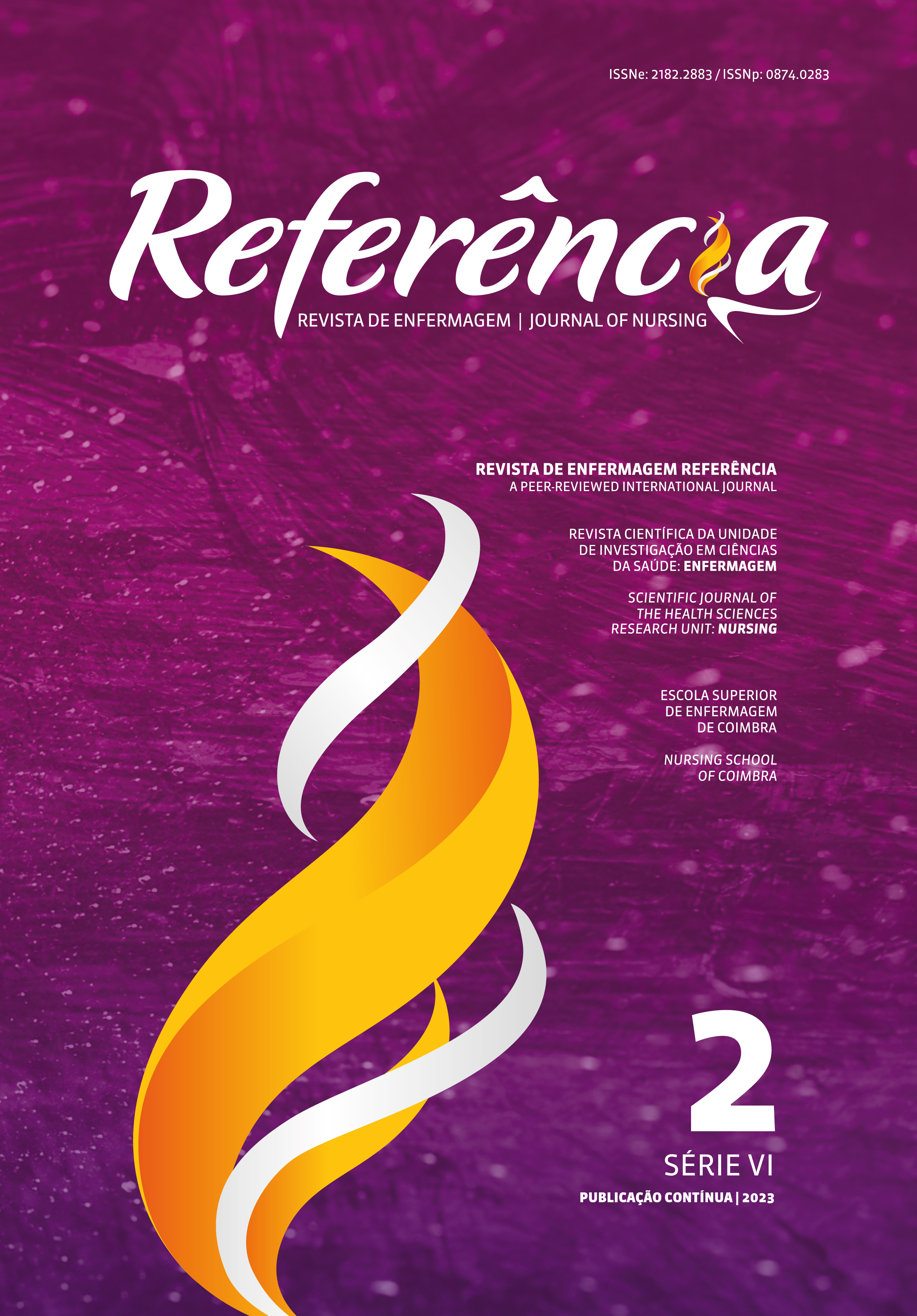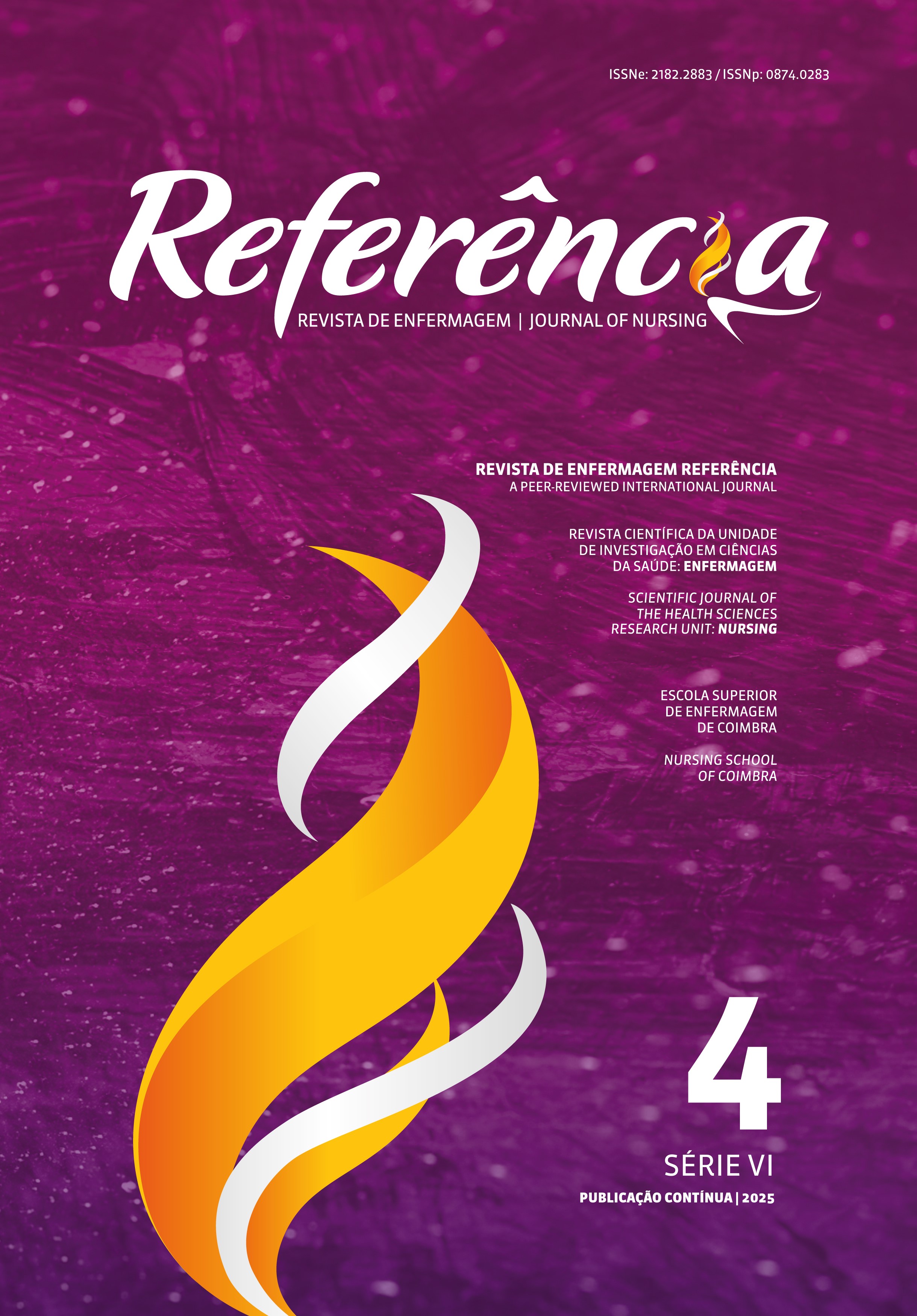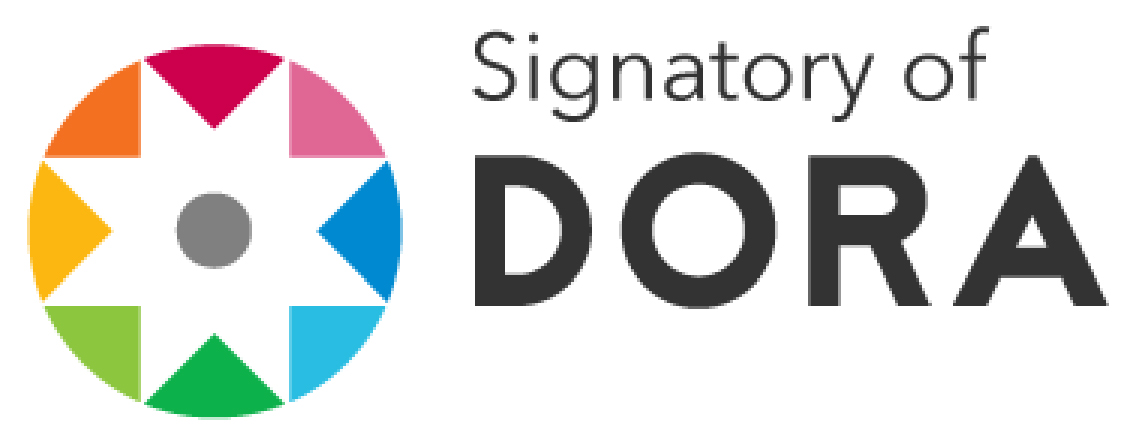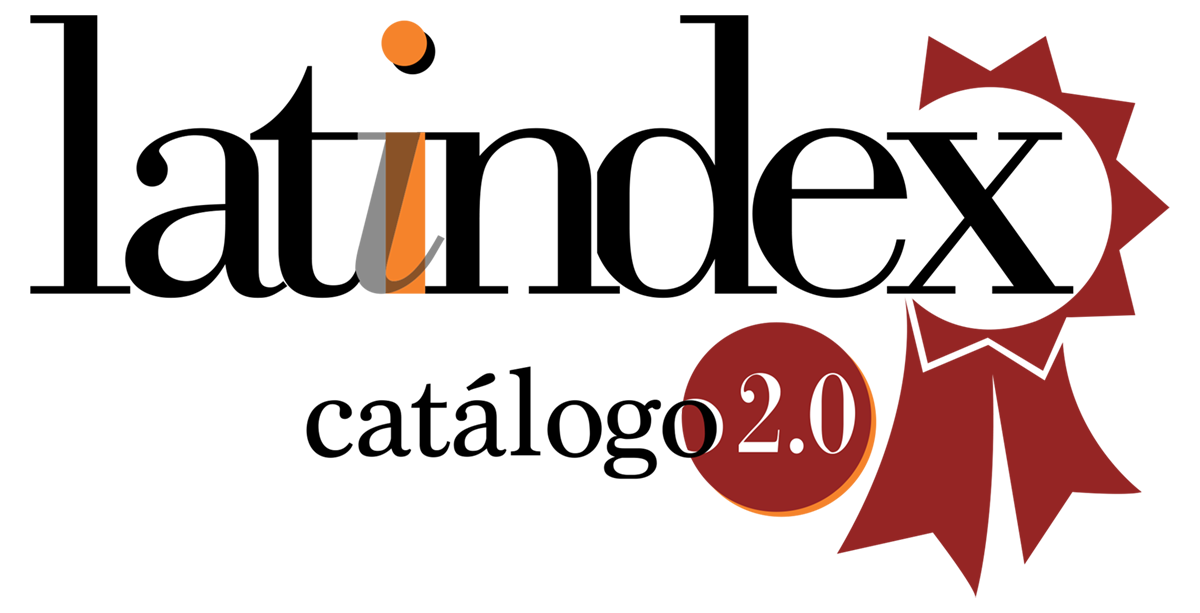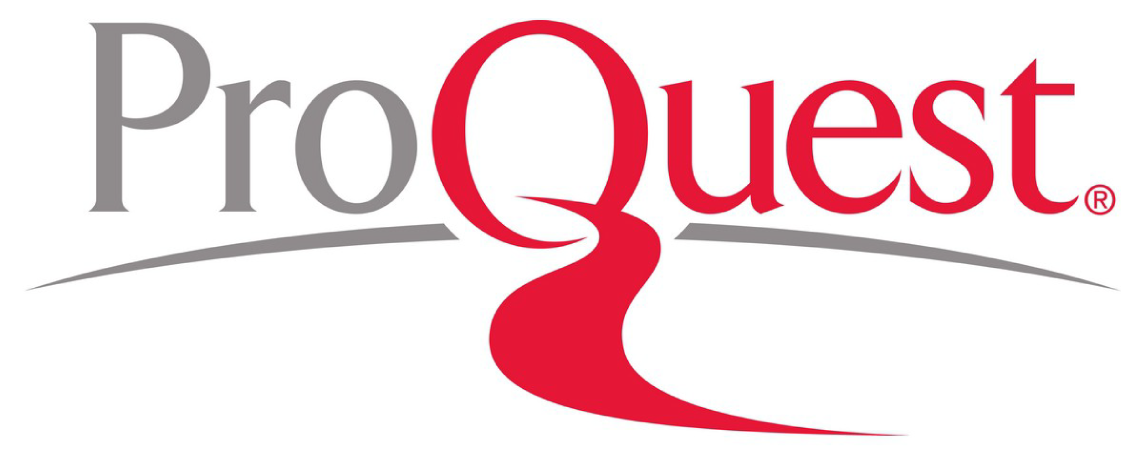Aplicação da Medication Fall Risk Score em doentes com notificação de incidente de queda: Análise retrospetiva
DOI:
https://doi.org/10.12707/RVI22087Palavras-chave:
acidentes por quedas, tratamento farmacológico, segurança do paciente, gestão de riscosResumo
Enquadramento: As quedas em contexto hospitalar são eventos adversos frequentes, sendo os medicamentos um importante fator contribuinte.
Objetivo: Analisar notificações de queda de doentes internados e caracterizar o risco de queda com foco na terapia farmacológica, através da aplicação da Medication Fall Risk Score.
Metodologia: Estudo observacional, descritivo e retrospetivo realizado num centro hospitalar português. Aplicada a Medication Fall Risk Score, numa amostra de 183 notificações de queda ocorridas no primeiro trimestre de 2021.
Resultados: A Medication Fall Risk Score identificou 60,6% dos doentes com “sim” para o alto risco de queda. Relativamente à avaliação de risco de queda registada nas notificações com recurso a outra escala, identificou-se que 65,8% dos doentes foram classificados como "baixo risco" ou "sem risco".
Desses, 53,9% foram classificados com "sim” para o alto risco através da Medication Fall Risk Score.
Conclusão: A Medication Fall Risk Score poderá contribuir para melhorar a deteção de doentes com “alto risco” de queda, permitindo uma gestão mais segura dos medicamentos para a prevenção das quedas.
Downloads
Referências
Beasley, B., & Patatanian, E. (2009). Development and implementation of a pharmacy fall prevention program. Hospital Pharmacy, 44(12), 1095-1102. https://doi.org/10.1310/hpj4412-1095
Beunza-Sola, M., Hidalgo-Ovejero, Á. M., Martí-Ayerdi, J., Sánchez-Hernández, J. G., Menéndez-García, M., & García-Mata, S. (2018). Study of fall risk-increasing drugs in elderly patients before and after a bone fracture. Postgraduate Medical Journal, 94(1108), 76-80. http://dx.doi.org/10.1136/postgradmedj-2017-135129
Canadian Medication Appropriateness and Deprescribing Network. (n.d). Medications and falls. https://www.deprescribingnetwork.ca/medications-and-falls
Costa-Dias, M. J., Oliveira, A. S., Martins, T., Araújo, F., Santos, A. S., Moreira, C. N., & José, H. (2014). Medication fall risk in old hospitalized patients: A retrospective study. Nurse Education Today, 34(2), 171-176. https://doi.org/10.1016/j.dent.2013.05.016
Dhalwani, N. N., Fahami, R., Sathanapally, H., Seidu, S., Davies, M. J., & Khunti, K. (2017). Association between polypharmacy and falls in older adults: A longitudinal study from England. BMJ Open, 7(10), e016358. https://doi.org/10.1136/bmjopen-2017-016358
Direção-Geral da Saúde. (2011). Estrutura concetual da classificação internacional sobre segurança do doente: Relatório técnico final (2011). https://apps.who.int/iris/bitstream/handle/10665/70882/WHO_IER_PSP_2010.2_%20por.pdf;jses%20sionid=7A-188960983FF0634BA5E2B2A3925CCA?sequence=4
Instituto para Práticas Seguras no Uso dos Medicamentos Brasil. (2017). Medicamentos associados ao risco de queda. Boletim Instituto para Práticas Seguras no Uso dos Medicamentos Brasil, 6(1), 1-7. https://www.ismp-brasil.org/site/wp-content/uploads/2017/02/IS_0001_17_Boletim_Fevereiro_ISMP_210x276mm.pdf
Instituto para Práticas Seguras no Uso dos Medicamentos Brasil. (2018). Desafio global de segurança do paciente medicação sem danos. Boletim Instituto para Práticas Seguras no Uso dos Medicamentos Brasil, 7(1), 1-8. http://www.ismp-brasil.org/site/wp-content/uploads/2018/02/ISMP_Brasil_Desafio_Global.pdf
Jehu, D. A., Davis, J. C., Falck, R. S., Bennett, K. J., Tai, D., Souza, M. F., Cavalcante B. R., Zhao, M., & Liu-Ambrose, T. (2021). Risk factors for recurrent falls in older adults: A systematic review with meta-analysis. Maturitas, 144, 23-28. https://doi.org/10.1016/j.maturitas.2020.10.021
Lee, J. Y., & Holbrook, A. (2017). The efficacy of fall-risk-increasing drug (FRID) withdrawal for the prevention of falls and fall-related complications: Protocol for a systematic review and meta-analysis. Systematic Reviews, 6(33), 1-6. https://doi.org/10.1186/s13643-017-0426-6
Lucero, R. J., Lindberg, D. S., Fehlberg, E. A., Bjarnadottir, R. I., Li, Y., Cimiotti, J. P., Crane, M., & Prosperi, M. (2019). A data-driven and practice-based approach to identify risk factors associated with hospital-acquired falls: Applying manual and semi- and fully-automated methods. International Journal of Medical Informatics, 122, 63-69. https://doi.org/10.1016/j.ijmedinf.2018.11.006
Michalcova, J., Vasut, K., Airaksinen, M., & Bielakova, K. (2020). Inclusion of medication-related fall risk in fall risk assessment tool in geriatric care units. BMC Geriatrics, 20(454). https://doi.org/10.1186/s12877-020-01845-9
Organização Mundial de Saúde. (2010). Relatório Global da OMS sobre prevenção de quedas na velhice. https://bvsms.saude.gov.br/bvs/publicacoes/relatorio_prevencao_quedas_velhice.pdf
Pedroso, E., Ramos S., & Barroso, F. (2021). Relato de incidentes. In F. Barroso, L. Sales, & S. Ramos (Coord.), Guia prático para a segurança do doente (pp. 135-145). Lidel.
Serviço Nacional de Saúde. (2019, Dezembro 12). Queda do adulto em cuidados hospitalares. https://www.sns.gov.pt/noticias/2019/12/09/queda-do-adulto-em-cuidados-hospitalares/
Severo, I. M., Kuchenbecker, R. S., Vieira, D. F., Lucena, A. F., & Almeida, M. A. (2018). Fatores de risco para quedas em pacientes adultos hospitalizados: Um estudo caso-controle. Revista Latino-Americana de Enfermagem, 26, e3016. https://doi.org/10.1590/1518-8345.2460.3016
Silva, A. K., Costa, D. C., & Reis, A. M. (2019). Risk factors associated with in-hospital falls reported to the Patient Safety Committee of a teaching hospital. Einstein, 17(1), eAO4432. https://doi.org/10.31744/einstein_journal/2019AO443
Sousa, P., Sousa, A. U., Serranheira, F., Sousa, M. U., & Nunes, C. (2018). Patient and hospital characteristics that influence incidence of adverse events in acute public hospitals in Portugal: A retrospective cohort study. International Journal for Quality in Health Care, 30(2), 132–137. https://doi.org/10.1093/intqhc/mzx190

